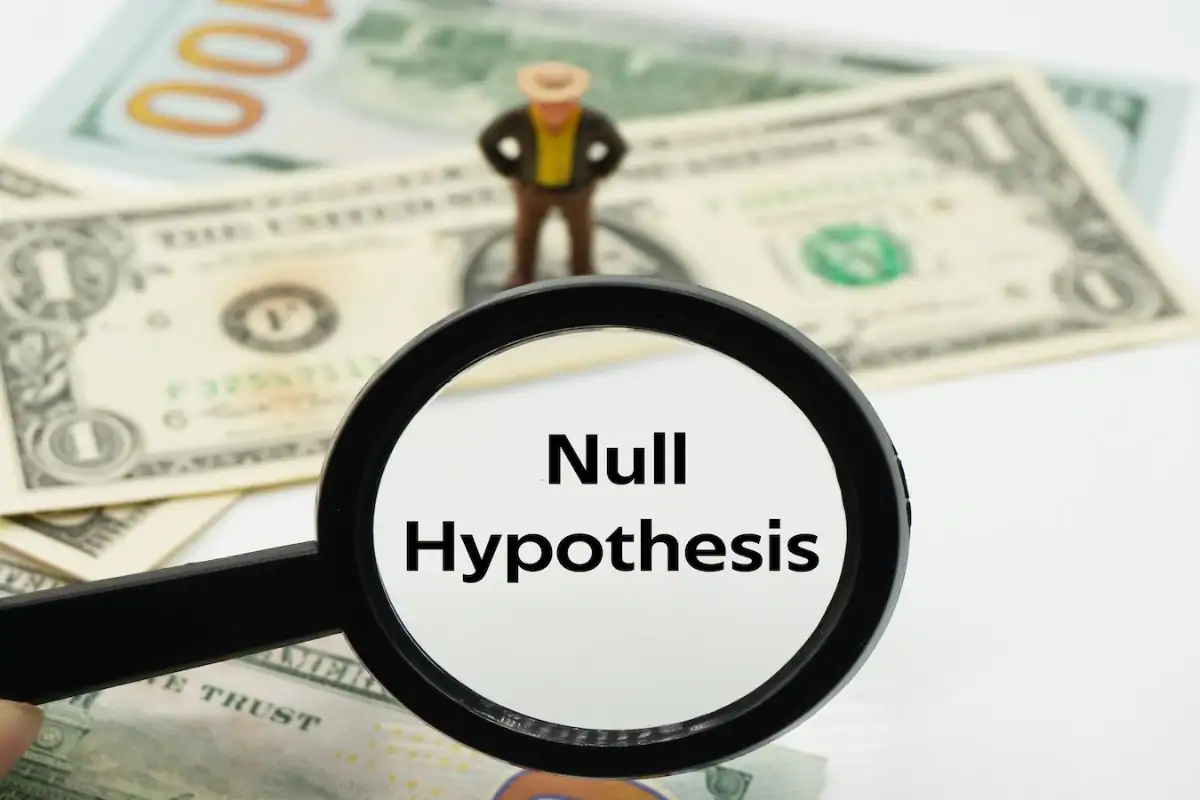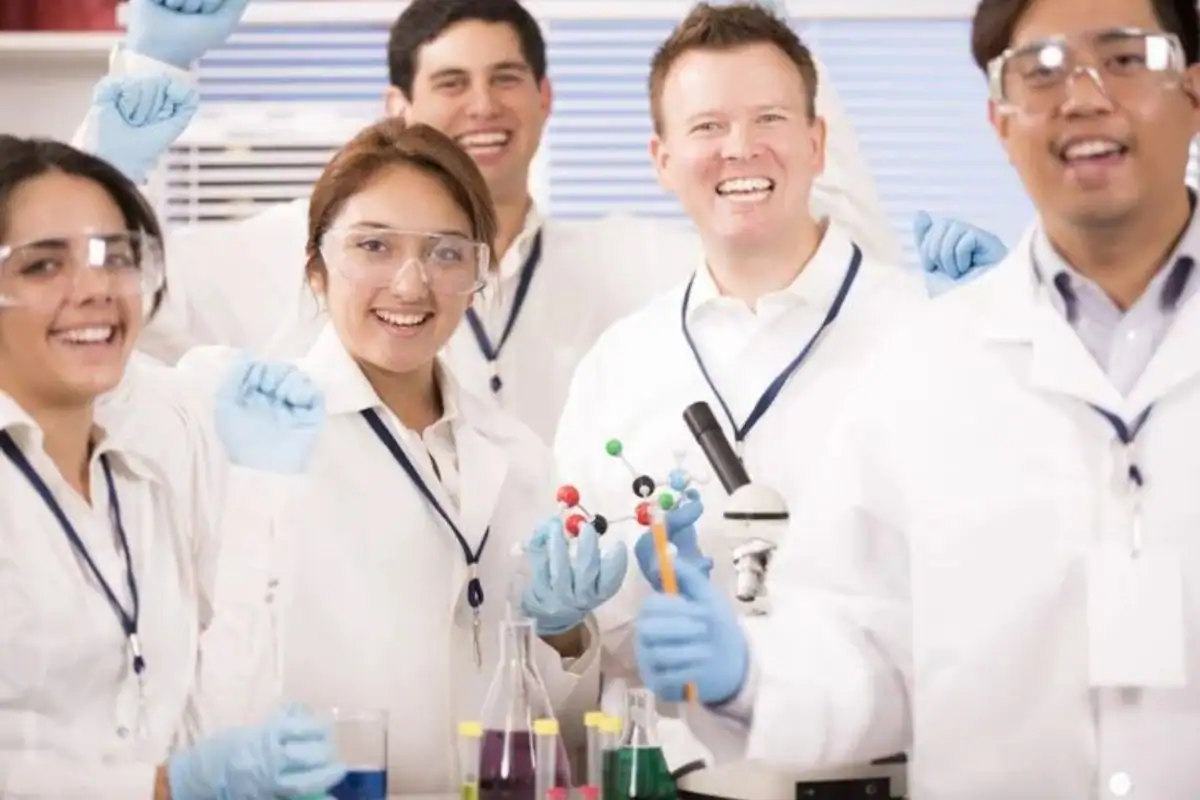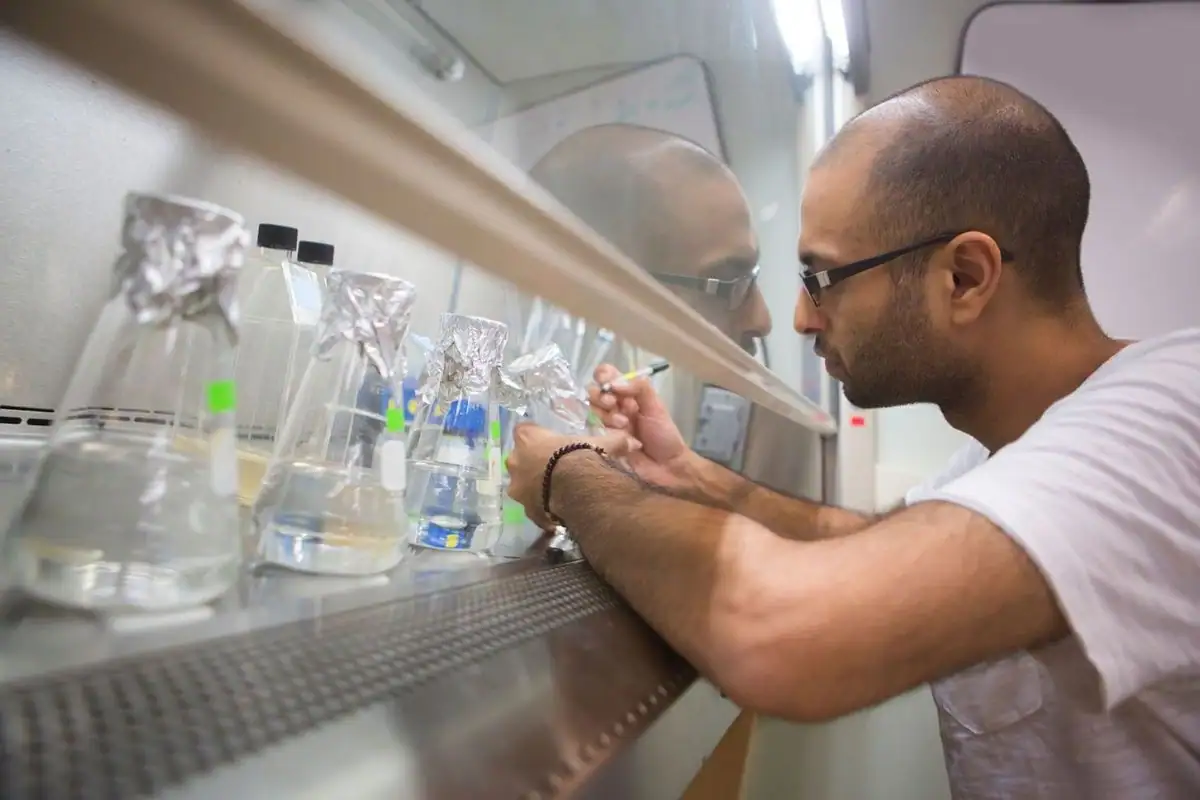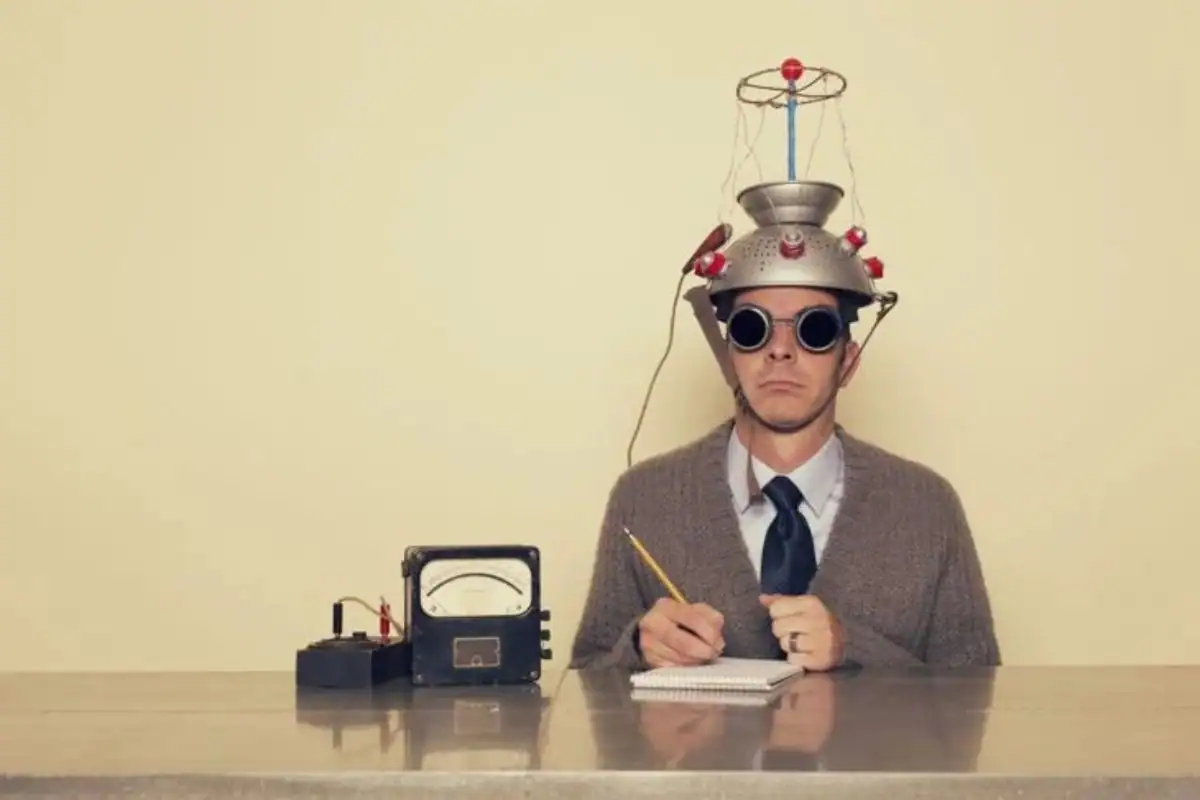Advertisement
What Is a Hypothesis? A Simple Explanation
Advertisement
A hypothesis is an essential step in the scientific method, serving as a starting point for exploration and discovery. While understanding all the steps of the scientific method is crucial, crafting a strong hypothesis is the foundation for meaningful experimentation. Many students working on science projects find this process challenging, as a hypothesis requires clear thinking and careful formulation. Just as there are several steps to conducting a science experiment, creating a good hypothesis also follows a structured process.
What Is the Scientific Method?
The scientific method is a systematic process used by scientists to explore questions, test theories, and draw conclusions. This method has been in use since the 17th century and typically includes eight steps. Younger students are usually introduced to the first five steps, which are:
- Asking a question
- Forming a hypothesis
- Making a prediction
- Testing the hypothesis
- Analyzing results
For advanced scientific research, the process continues with:
- Replication of experiments
- External review by peers
- Recording and sharing findings
Each step builds upon the last, creating a reliable framework for scientific exploration. Without these steps, scientific progress would lack structure and credibility.

Advertisement
What Exactly Is a Hypothesis?
A hypothesis is often confused with simply asking a question, but they are not the same. A question might be something like, "Why do leaves change color in the fall?" A hypothesis, on the other hand, is a statement based on logic or prior knowledge that attempts to answer the question. For example: "Leaves change color in the fall because chlorophyll breaks down due to cooler temperatures." In essence, a hypothesis is an educated guess. It provides a direction for experimentation and a basis for drawing conclusions. Without a hypothesis, it would be much harder to focus research efforts effectively.

Advertisement
What Is a Null Hypothesis?
A null hypothesis acts as a counterpoint to the main hypothesis. It suggests that there is no relationship between the factors being studied or that the expected outcome will not occur. For example, if your hypothesis is "Plants grow faster with more sunlight," the null hypothesis would state, "Plants do not grow faster with more sunlight."
Including a null hypothesis ensures that your research is unbiased and open to all possibilities, making your findings more credible. It’s a way to test assumptions rigorously and avoid jumping to conclusions.

Advertisement
What Makes a Good Hypothesis?
A good hypothesis is clear, specific, and testable. Here are some key features:
- Clarity: Your hypothesis should be written as a statement, not a question.
- Specificity: It should define the variables involved, such as what is being measured or tested.
- Measurable: The hypothesis must involve factors that can be observed or quantified.
For example: "If a plant receives more water, it will grow taller within two weeks." This hypothesis is clear (it states an expected outcome), specific (it mentions plants and water), and measurable (growth can be tracked over time).

Advertisement
Who Developed the Scientific Method?
The scientific method as we know it was formalized by Sir Francis Bacon in the early 17th century. His goal was to create a universal system for scientific discovery. While Bacon refined the process, his ideas were influenced by earlier scientists like Galileo and Copernicus, who used evidence and observation to challenge prevailing beliefs.
Bacon’s system emphasized evidence-based research, which remains the cornerstone of science today. By establishing a structured approach, he laid the groundwork for centuries of scientific advancements.

Advertisement
Why Is the Scientific Method Important?
The scientific method ensures that research is reliable, reproducible, and credible. Without this structured process, scientific claims could easily be based on speculation or fabricated data.
For students, it provides a hands-on way to learn about the world and develop critical thinking skills. The method teaches how to track data, analyze results, and document findings. By following these steps, young scientists learn the importance of precision and honesty in their work.

Advertisement
Why Is a Strong Hypothesis Important?
A well-constructed hypothesis serves as a roadmap for experiments. For beginners, especially students, it helps keep experiments focused and manageable. Without a clear hypothesis, it’s easy for research to become disorganized or overly complicated.
Additionally, a strong hypothesis can inspire new questions and experiments. For example, if your original hypothesis is proven incorrect, it opens the door to exploring why and testing alternative explanations. A good hypothesis doesn’t just guide research—it drives curiosity and further investigation.

Advertisement
What Does a Weak Hypothesis Look Like?
A weak hypothesis is often too vague, overly broad, or impossible to test. For instance: "Rain falls because of invisible spirits crying." While imaginative, this hypothesis cannot be tested or measured, making it scientifically useless.
A strong hypothesis, by contrast, is specific and grounded in reality. For example: "Rain is caused by condensation of water vapor in the atmosphere." This statement can be tested through observation and experimentation, making it a valid starting point for research.

Advertisement
How to Write a Strong Hypothesis
Writing a strong hypothesis involves stating a clear prediction that can be tested. Follow these steps:
- Start with a question: What do you want to know? For example, "Why do some people sneeze when exposed to sunlight?"
- Do some background research: Find existing studies or theories that relate to your question.
- Formulate a statement: Turn your question into a prediction. For instance: "People sneeze when exposed to sunlight because of overstimulation of the optic nerve."
- Identify variables: Clearly define what you are testing and what you expect to happen.
By following these steps, you can create a hypothesis that is both strong and practical.

Advertisement
How Do We Use Hypotheses in Daily Life?
The scientific method isn’t just for scientists—it’s something we all use in our everyday lives, often without realizing it. For example, if your phone doesn’t turn on, you might hypothesize that the battery is dead. You test this by charging it, and if it powers on, your hypothesis is correct.
From deciding what to cook for dinner to troubleshooting a problem at work, we constantly form hypotheses, make predictions, and test outcomes. Paying attention to this process can help you become a more thoughtful problem-solver.

.png)




